The famous cinema of the 1960s and 1970s occasionally overshadows the films of the 1950s. It would be a mistake, however, to believe that the 1950s were devoid of significant pictures.
The cinema of the 1950s saw significant changes, including an expansion in worldwide cinema’s popularity, new methods to acting and narrative storytelling, and the emergence of breakthrough directors such as Billy Wilder, Alfred Hitchcock, and John Ford.
The following list, in chronological order by release date, comprises the most important (though not necessarily the best) films released during the 1950s.
Table of Contents
1. Cinderella (1950)
Walt Disney was in desperate need of a hit film in the late 1940s. His studio has been losing money for the previous decade.
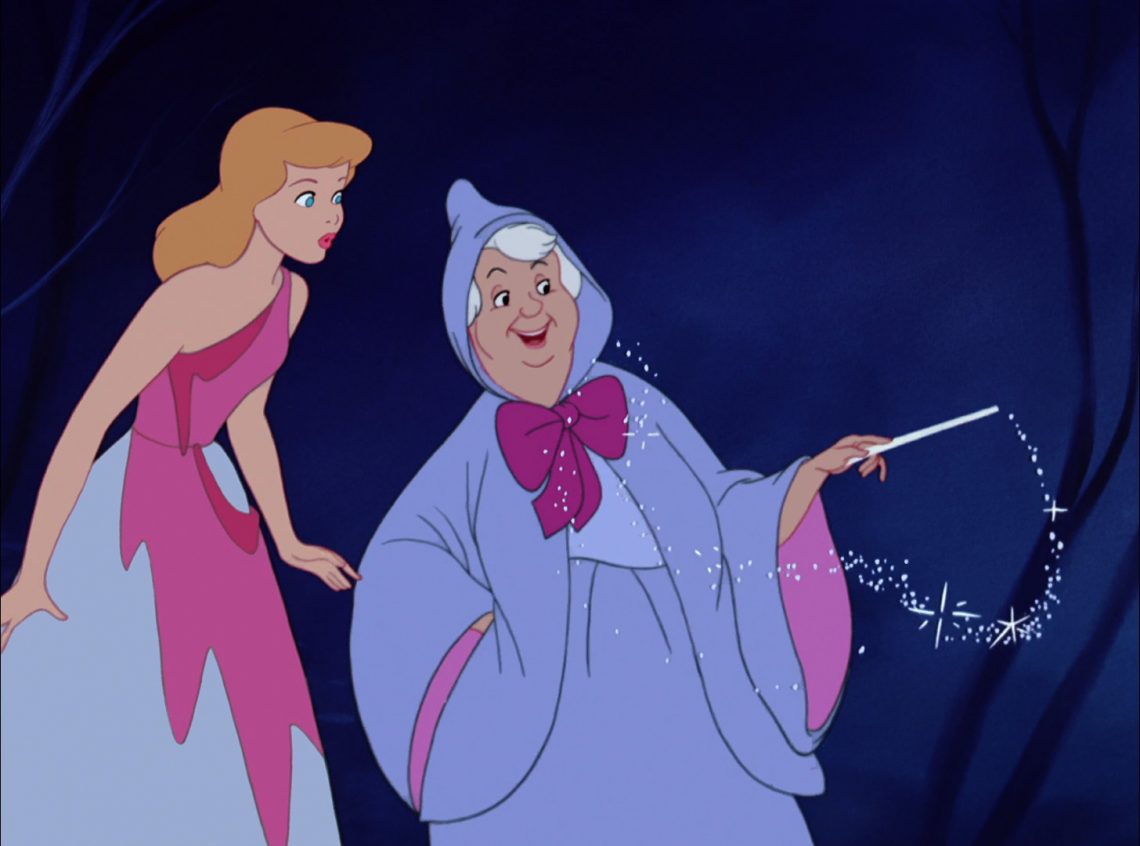
Certain films (the original releases of Fantasia and Pinocchio) had underperformed, and Disney had spent a large amount of time and money making pictures for the US government during World War II and its aftermath.
The animated classic Cinderella, on the other hand, was such a great hit that it salvaged the studio’s reputation and served as an endearing pattern for many of Disney’s other animated favorites. Disney might never have recovered if it hadn’t been for Cinderella.
2. Rashomon (1950)
Rashomon, a film by Japanese filmmaker Akira Kurosawa, is innovative in terms of narrative structure. In a trial context, a single crime is recounted from four different points of view, each of which is inconsistent and open to interpretation.

Rashomon propelled Japanese film to a new level of acclaim after winning the Golden Lion at the Venice Film Festival and an Honorary Academy Award.
In the 1950s, Kurosawa produced other masterpieces, including Ikiru (1952), Seven Samurai (1954), Throne of Blood (1957), and The Hidden Fortress (1958).
3. Sunset Boulevard (1950)
Sunset Boulevard, directed by Billy Wilder, was one of the first films to pull back the curtain on the movie business after decades of films celebrating its virtues.

When down-on-his-luck playwright Joe Gillis (William Holden) stumbles into her decaying home, reclusive silent era star Norma Desmond (Gloria Swanson) prepares her return to the big screen.
Desmond’s fascination with youth and celebrity, as well as how being removed from it has harmed her mental health, are slowly revealed to Gillis. Sunset Boulevard was one of the year’s highest-grossing films, and it forever transformed the public’s opinion of Hollywood.
4. All About Eve (1950)
All About Eve, like Sunset Boulevard, examines ageism and obsession in the entertainment industry. Bette Davis plays a Broadway actress nearing the end of her career and is pitted against a younger opponent.

All About Eve received a record-breaking 14 Oscar nominations, winning six of them. But it had a broader impact because, before All About Eve, few actresses above the age of forty were awarded leading roles in films.
All About Eve, like Sunset Boulevard, established that mature female characters may have a place on the screen.
5. A Streetcar Named Desire (1951)
Marlon Brando, a fresh-faced Broadway actor whose genuine acting technique served as an influence to numerous other artists, dominated the early 1950s.
Following his Broadway debut as Stanley Kowalski in Tennessee Williams’ A Streetcar Named Desire, Brando reprised the role in Elia Kazan’s film adaptation (who also directed the original Broadway production).

Brando’s work introduced a new acting style to the general public, which would subsequently be associated with actors such as James Dean, Al Pacino, and Robert De Niro.
Brando and Kazan would later collaborate on another landmark film of the decade, On the Waterfront, in 1954.
6. Singin’ in the Rain (1952)
Since the early 1920s, when “talking pictures” became prominent, Hollywood has embraced the musical’s spectacle.
%20Singing%20in%20the%20Rain%20USE.jpg)
Singin’ in the Rain, one of the decade’s best musicals, is about actors making the shift from silent films to sound films.
One of the most unforgettable scenes in Hollywood history is Gene Kelly’s legendary dance performance while singing the title song.
7. High Noon (1952)
High Noon is a Western starring Gary Cooper as a small-town marshal who stands alone against a revenge-seeking criminal who is on his way to town.
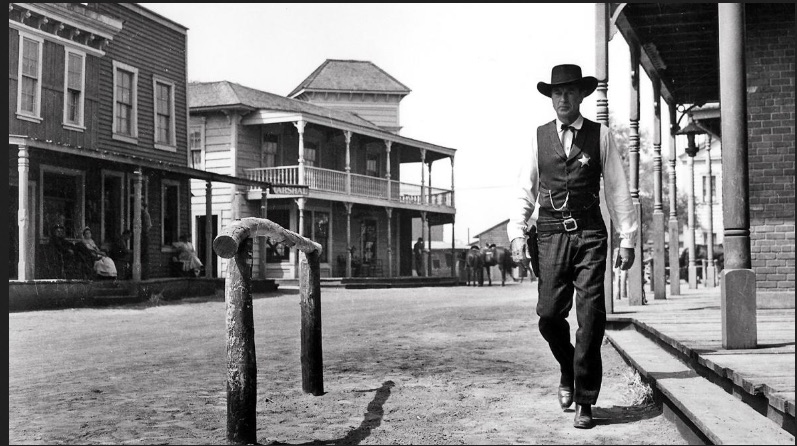
It was created as an allegory for the ongoing Red Scare, in which Hollywood was targeted as a hotbed of Communist sympathizers. In his hour of need, the townsfolk he defended turn away one by one.
High Noon was one of the first revisionist Westerns, and its near-real-time narrative was a storytelling device that had never been used before in film.
8. The Robe (1953)
To fight falling theatrical crowds in the 1950s, Hollywood explored various gimmicks, including the usage of 3D filmmaking. Another strategy was to raise the screen’s size, mainly to counteract television’s growing popularity.

The Robe was the first picture to be shown in CinemaScope, a widescreen format that quickly became the industry standard (and continues today).
The Robe’s panoramic extravaganza was a great box office hit, and it helped reinvigorate interest in Biblical epics like The Ten Commandments (1956) and Ben-Hur (1957). (1959).
9. Godzilla (1954)
While Akira Kurosawa and other Japanese directors were making what were called art pictures for Toho, the studio was simultaneously releasing more entertainment-oriented productions.
Gojira (commonly known as Godzilla) was the best of these films, a science fiction film about a huge reptile beast attacking Tokyo.

Many sci-fi films of the decade explored the risks of the atomic age, including Godzilla. Godzilla’s micro effects were revolutionary and impactful, even if they were overshadowed by today’s special effects.
Godzilla, its many sequels, and even more imitators are still being created today, and Godzilla is still one of the most known pop culture icons on the planet.
10. The Searchers (1956)
John Wayne had been portraying heroic cowboys on screen for a quarter-century by the mid-1950s, with several of his best films directed by John Ford.
In The Searchers, Ford and Wayne portray the narrative of Ethan Edwards, a troubled former Confederate soldier whose family is slaughtered by a tribe of Comanche and whose baby niece is kidnapped.
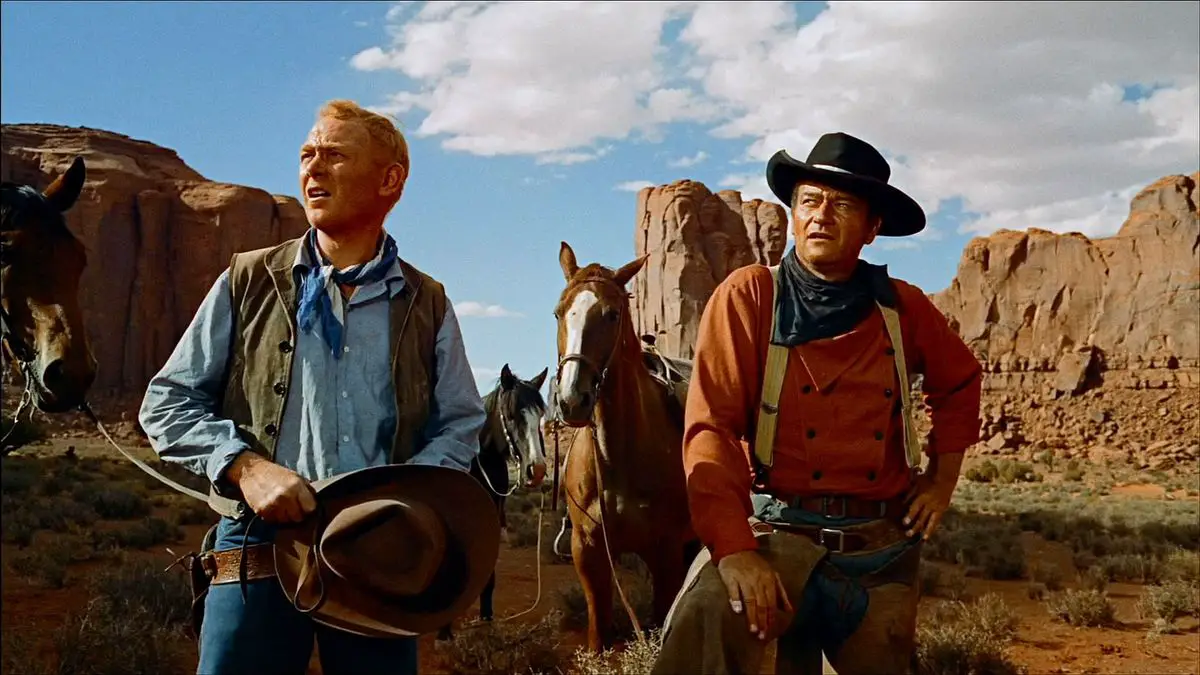
As he spends years searching for her, the obsessive Edwards gets increasingly frantic, leaving fans to wonder how he will respond when he eventually finds her.
The Searchers is a legendary picture thanks to its gloomy tale, breathtaking photography, and Wayne at his best.
11. The Seventh Seal (1957)
Throughout World War II, Hollywood films dominated theatres worldwide, but in the 1950s, filmmakers from all over the world began to achieve international notice with their work.
Ingmar Bergman, a Swedish filmmaker, was one of the best European directors of the time.
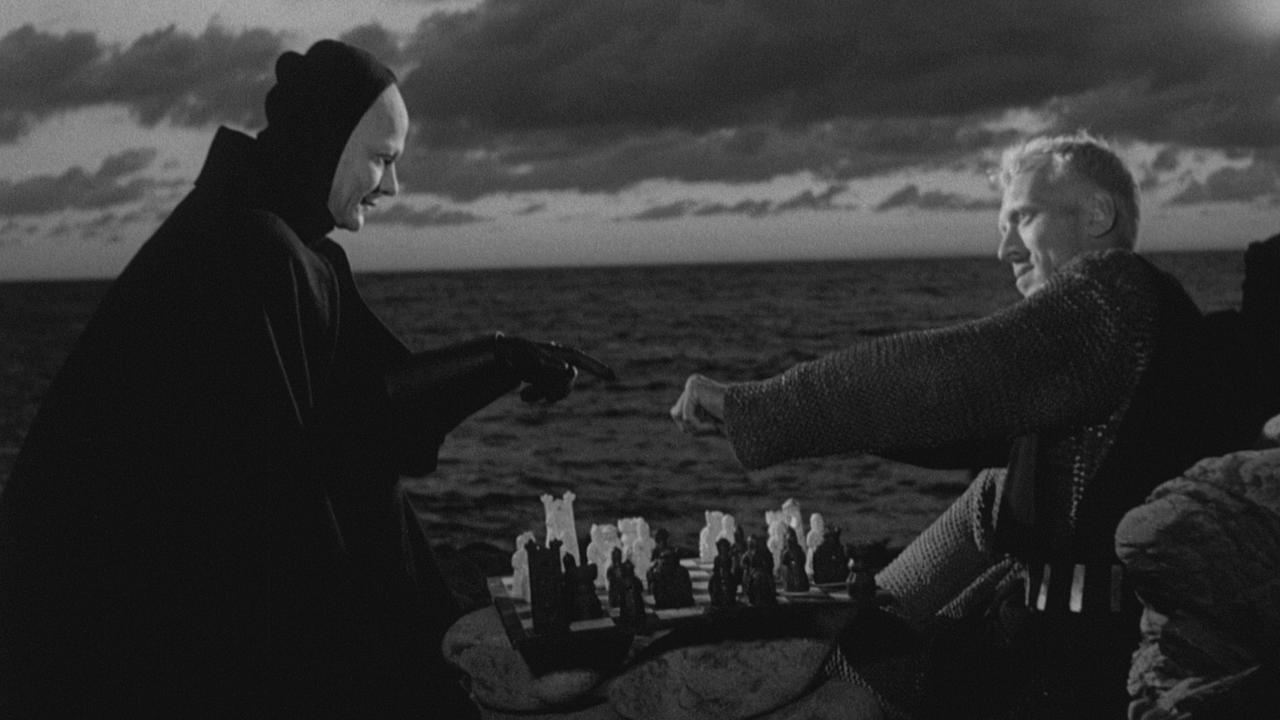
The Seventh Seal, a film about a knight who is faced with the personification of Death during the Black Plague, was Bergman’s first great international triumph.
The artwork in The Seventh Seal has been legendary for decades. Wild Strawberries, Bergman’s second critically acclaimed picture, was released the same year.
12. The Curse of Frankenstein (1957)
Years after Universal Pictures abandoned horror films. Hammer Film Productions resurrected the creature feature with a series of stark, gothic-inspired loose remakes of Universal’s most popular creatures, all of which were shot in color.

The first was Christopher Lee’s The Curse of Frankenstein, which starred Peter Cushing as Victor Frankenstein and Christopher Lee as the Creature.
Frankenstein’s international success continues to influence horror directors, and the couple would go on to appear together in more Hammer horror films.
13. Paths of Glory (1957)
Stanley Kubrick is regarded as one of cinema’s greatest directors.
His 1957 picture Paths of Glory, starring Kirk Douglas as a World War I French military captain who defends men who refuse to join in a suicidal assault against German forces, was a departure from the traditional Hollywood war drama.
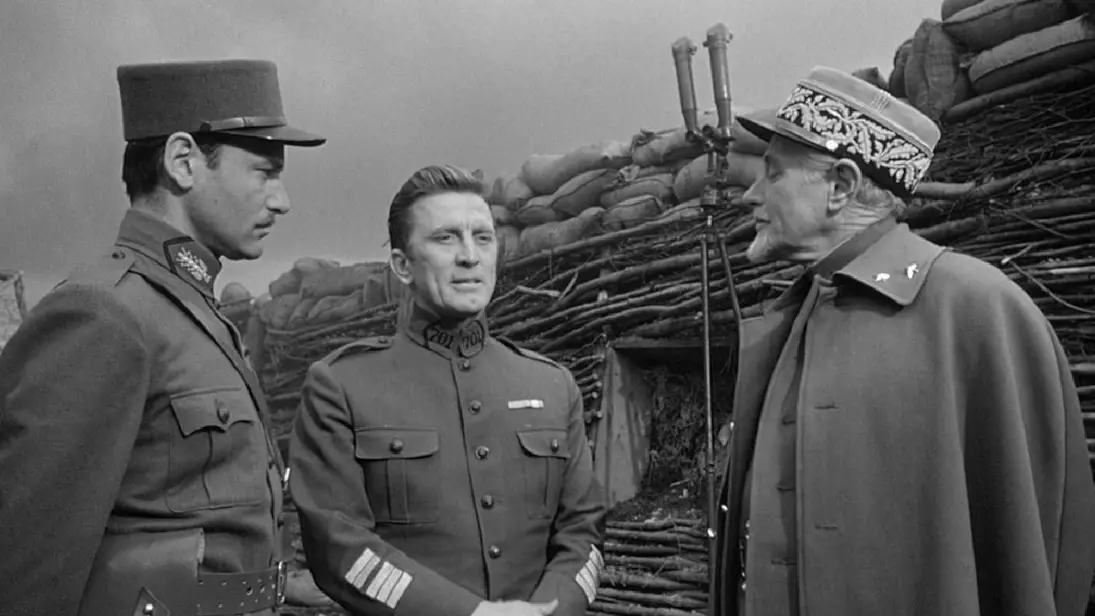
The film’s anti-war themes were unusual in post-World War II culture, and its peculiarity paved the way for Kubrick’s revolutionary career as a director.
14. Vertigo (1958)
Though Alfred Hitchcock’s superb director created several classics in the 1950s – Stranger on a Train (1951), Rear Window (1954), and North by Northwest (1959), to mention a few – the initially underappreciated Vertigo may be the Master of Suspense’s crowning effort of the decade.
James Stewart, a frequent collaborator of Hitchcock’s, plays an investigator forced to retire due to vertigo.

He is employed as a private investigator to search down a strange woman involved in a sophisticated murder plot.
The film’s fixation topic continues to captivate and perplex spectators and its groundbreaking camera techniques are regularly emulated even now.
15. Some Like It Hot (1959)
By the end of the 1950s, comedy films were delving into uncharted territory. Some Like It Hot is one of the highlights of the journey.
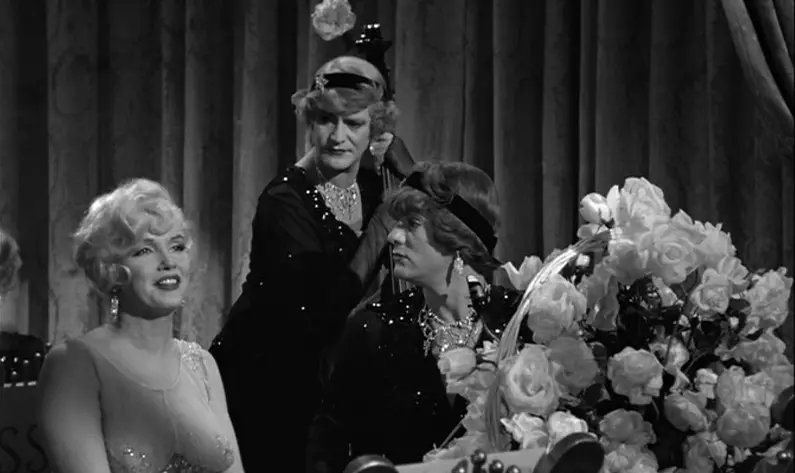
Tony Curtis and Jack Lemmon star as witnesses to a murder who disguise themselves as women to avoid being apprehended by the killers.
Some Like It Hot (with director Billy Wilder and co-star Marilyn Monroe in possibly her final great appearance) helped usher in the breakthrough humor of the 1960s by pushing the boundaries at the end of the 1950s.
Also Read: Bollywood Movies Where Cities Play A Central Role















Comments 1